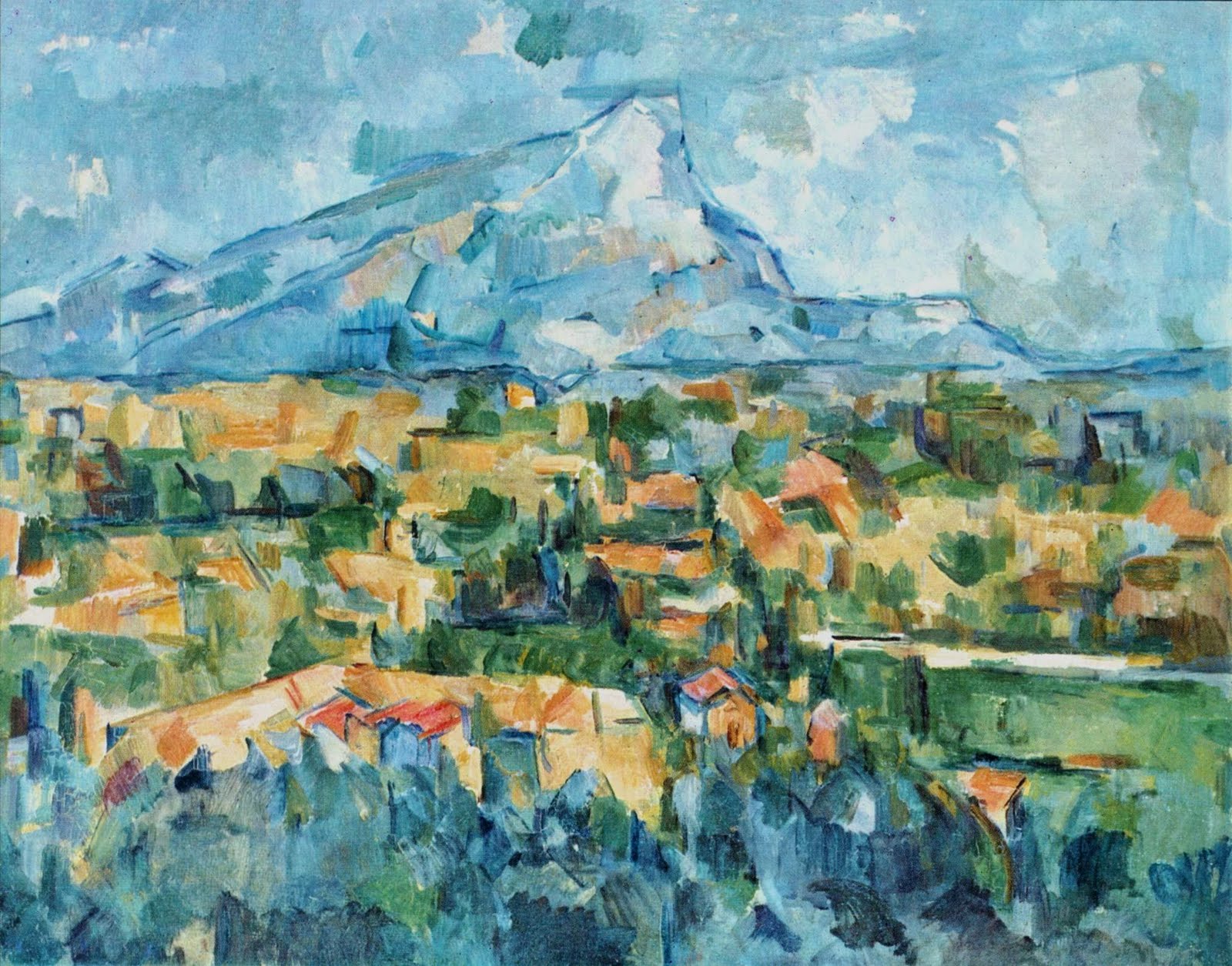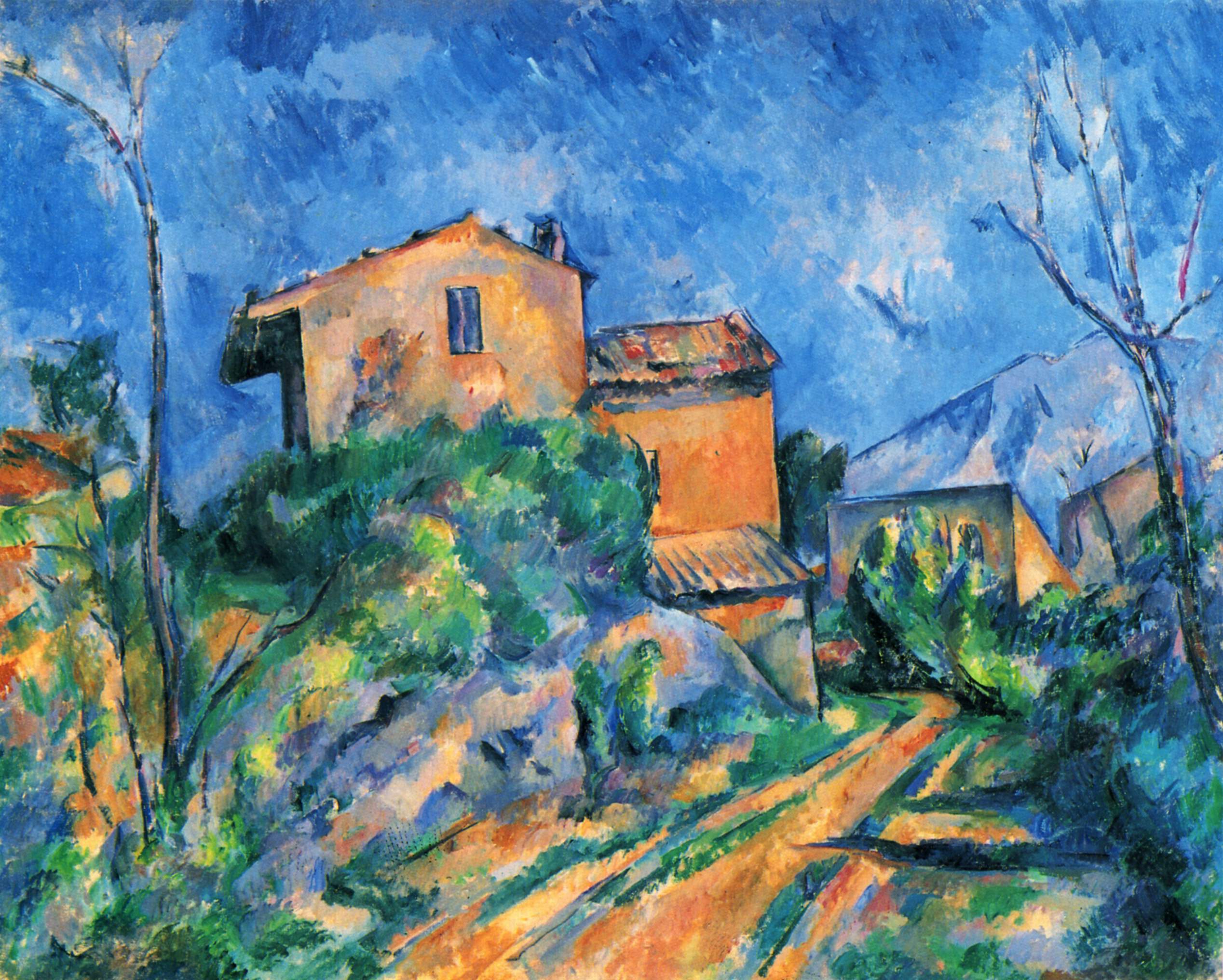

The representation of fixed objects occupying a space, was replaced by dynamic colors and form in constant evolution. The dynamic expression favored by these artists presented a challenge in contrast to the static means of expression promoted by the Academia. The romanticist Eugène Delacroix, the realist Gustave Courbet, and practically all the Impressionists had abandoned a significant portion of Classicism in favor of immediate sensation. In anticipation of Proto-Cubism the idea of form inherent in art since the Renaissance had been questioned. The influences that characterize this transition period range from Post-Impressionism, to Symbolism, Les Nabis and Neo-Impressionism, the works of Paul Cézanne, Georges Seurat, Paul Gauguin to African, Egyptian, Greek, Micronesian, Native American, Iberian sculpture, and Iberian schematic art. Neither homogeneous nor isotropic, the progression of each individual artist was unique. The building blocks that led to the construction of proto-Cubist works are diverse in nature. 1.5.3 Philosophical, scientific and social motivations.1.5.1 Grasset's cubes, cones and spheres.1.4 African, Egyptian, Greek, Iberian & Oceanic art.

Proto-Cubist works embrace many disparate styles, and would affect diverse individuals, groups and movements, ultimately forming a fundamental stage in the history of modern art of the 20th-century. The term is applied not only to works of this period by Georges Braque and Pablo Picasso, but to a range of art produced in France during the early 1900s, by such artists as Jean Metzinger, Albert Gleizes, Henri Le Fauconnier, Robert Delaunay, Fernand Léger, and to variants developed elsewhere in Europe. The illusion of classical perspective is progressively stripped away from objective representation to reveal the constructive essence of the physical world (not just as seen). Proto-Cubist artworks typically depict objects in geometric schemas of cubic or conic shapes. It is essentially the first experimental and exploratory phase of an art movement that would become altogether more extreme, known from the spring of 1911 as Cubism. With its roots stemming from at least the late 19th century this period can be characterized by a move towards the radical geometrization of form and a reduction or limitation of the color palette (in comparison with Fauvism).
#CEZANNE CUBISM SERIES#
Evidence suggests that the production of proto-Cubist paintings resulted from a wide-ranging series of experiments, circumstances, influences and conditions, rather than from one isolated static event, trajectory, artist or discourse. Proto-Cubism (also referred to as Protocubism, Early Cubism, and Pre-Cubism or Précubisme) is an intermediary transition phase in the history of art chronologically extending from 1906 to 1910. 50.7 x 60.2 cm, (Source entry State Museum of New Western Art, Moscow) The State Hermitage Museum, Saint Petersburg Pablo Picasso, 1909, Brick Factory at Tortosa (Briqueterie à Tortosa, L'Usine, Factory at Horta de Ebro), oil on canvas.


 0 kommentar(er)
0 kommentar(er)
